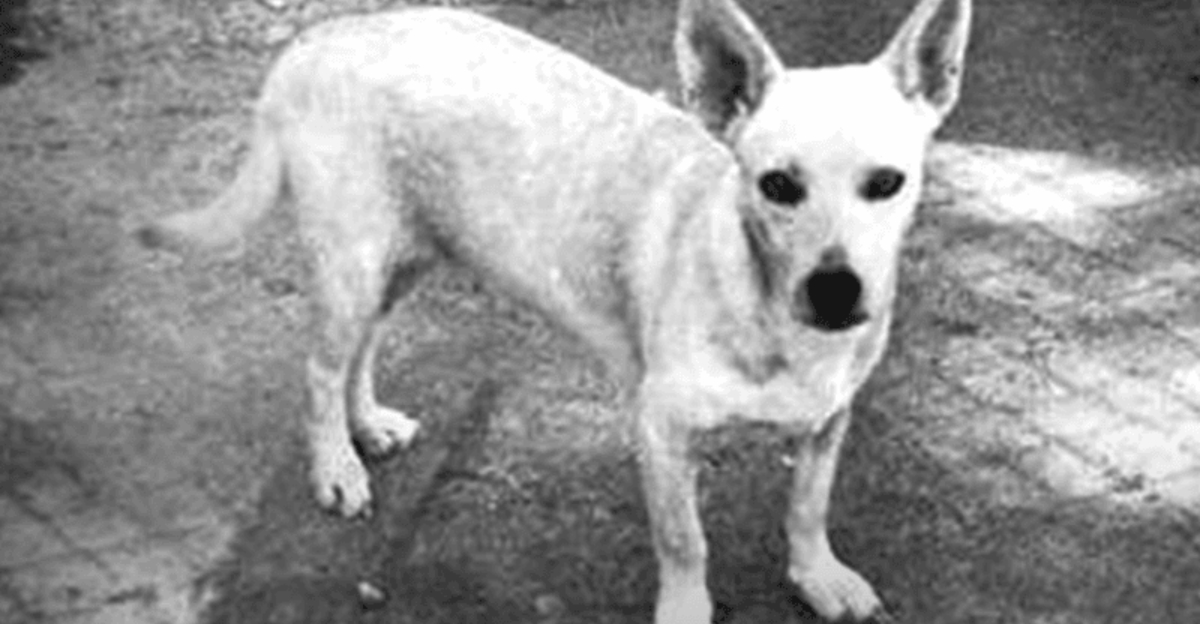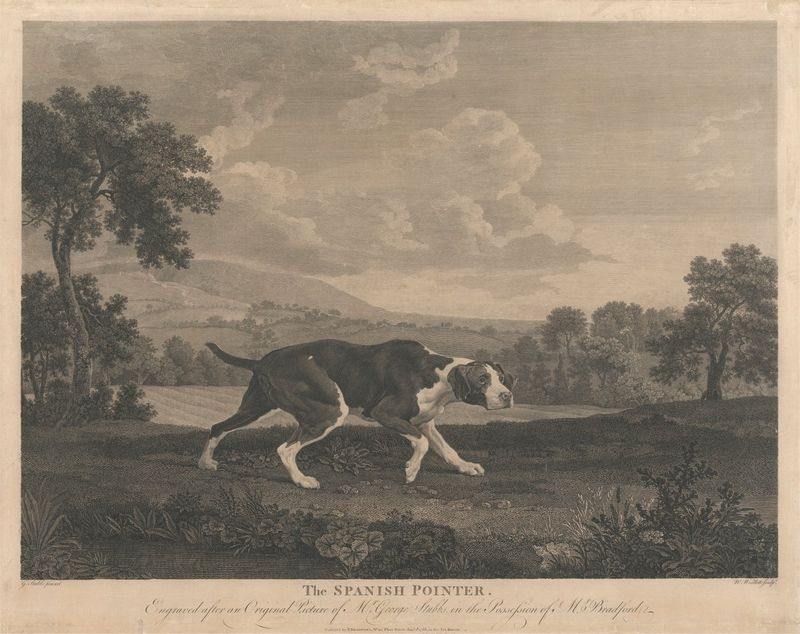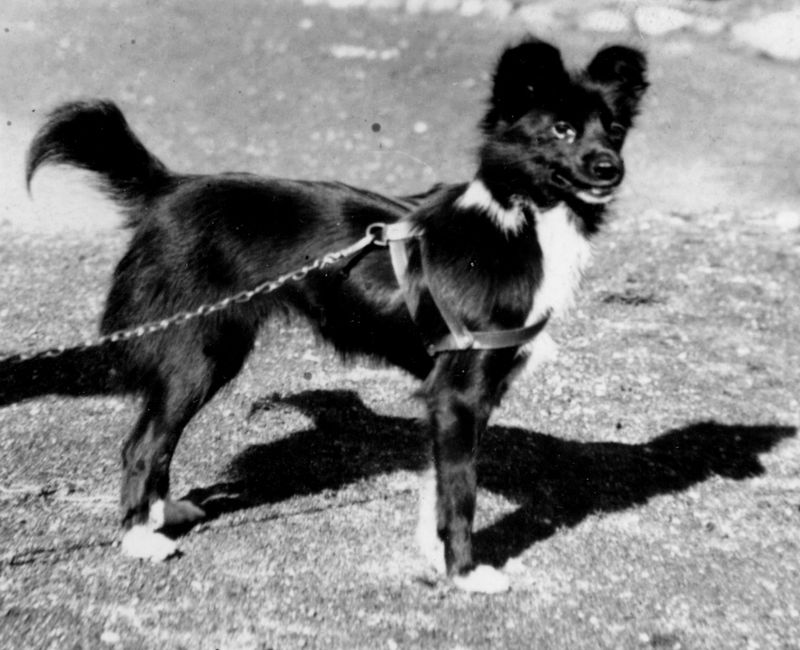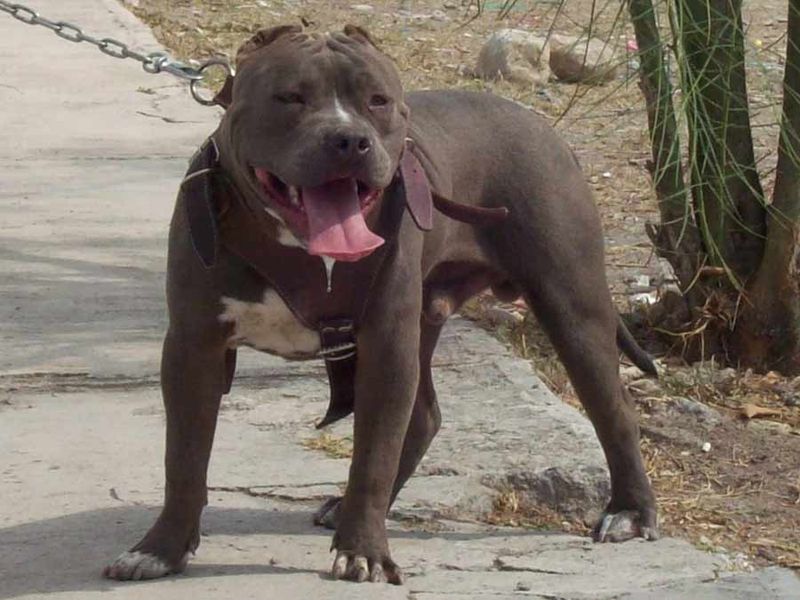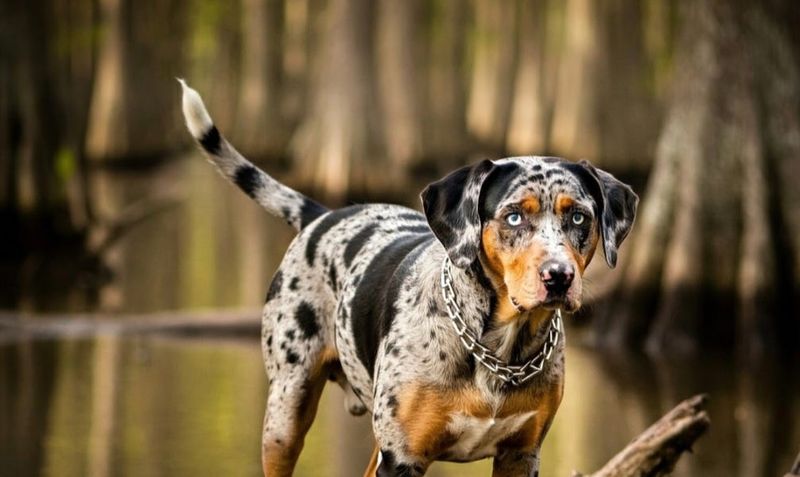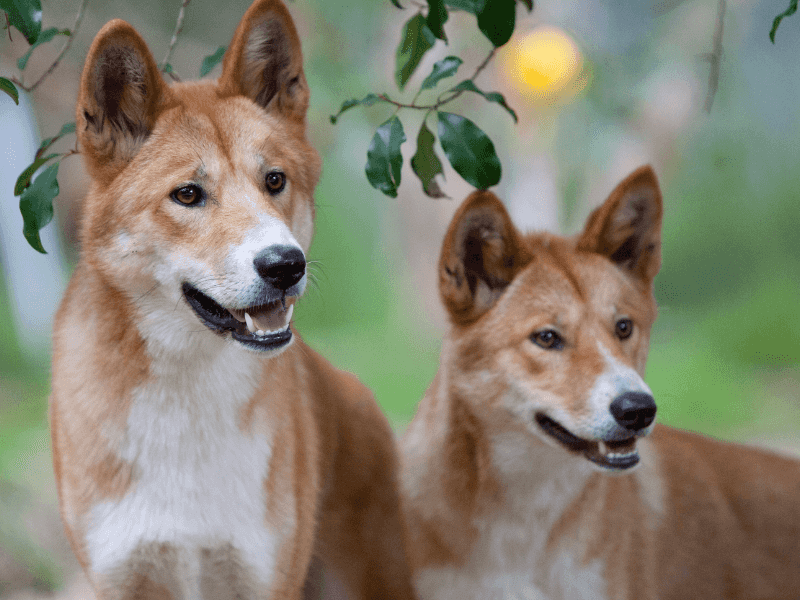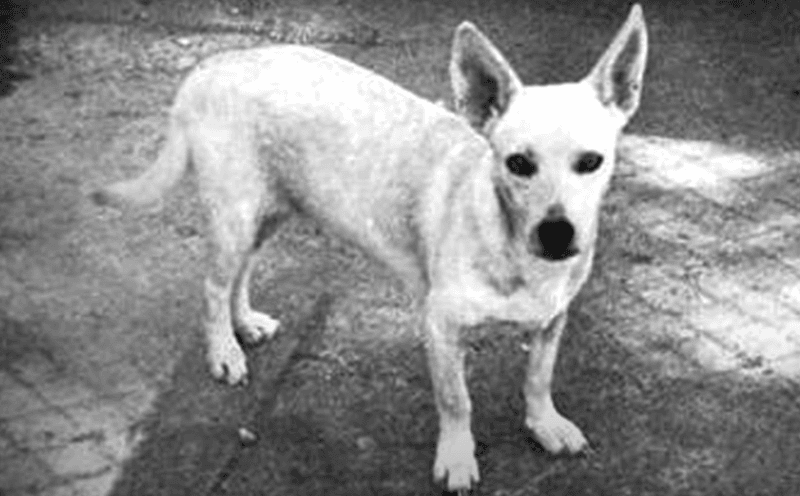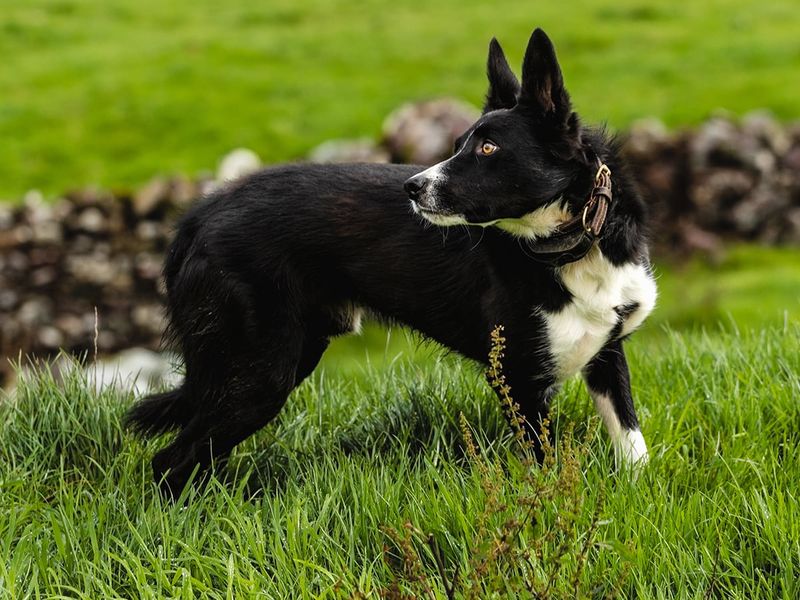The American West, a vast land of opportunity and challenges, was shaped by many factors, including the loyal and hardworking dog breeds that have sadly vanished over time. These dogs were more than companions; they were partners in survival and success. Each played a vital role in the lives of settlers, cowboys, and Native Americans, assisting with herding, protection, and companionship. Here, we explore nine such breeds that were once crucial to the Western frontier, celebrating their legacy and remembering their contributions to history.
Old Spanish Pointer
The Old Spanish Pointer was known for its exceptional hunting skills, particularly in tracking. These dogs were essential for settlers needing to hunt game for survival. With their keen sense of smell and agile bodies, they were relentless pursuers of prey. Their intelligence and training made them the go-to dogs for any hunting expedition.
Though no longer seen today, their legacy lives on in the hunting breeds we know now. The Old Spanish Pointer was a breed that defined the hunter’s spirit of the old West, embodying determination and loyalty.
Did you know? They were often brought along by explorers to chart unknown territories. Their disappearance marked the end of an era in hunting history.
Tahltan Bear Dog
With a spirit as wild as the land they roamed, the Tahltan Bear Dog was the trusted hunting companion of the Indigenous Tahltan people. Renowned for their bravery, these small yet fierce dogs were used to hunt large game, including bears. Their sharp instincts and quick reflexes made them invaluable during hunts.
These dogs had a unique ability to work collaboratively, showcasing both intellect and courage. Sadly, they vanished as modern hunting methods evolved.
Despite being gone, the courage and tenacity of the Tahltan Bear Dog remain legends of the Northern territories. Their disappearance left a gap in the hunting traditions of the Pacific Northwest.
Turnspit Dog
Once a staple in American kitchens, the Turnspit Dog was more than a pet; it was a necessity. These small, sturdy dogs were bred to run on a wheel, turning spits to roast meats evenly. Their work was crucial in households and inns, ensuring meals were cooked to perfection.
Known for their tireless nature, Turnspit Dogs embodied persistence and industriousness. As cooking technology advanced, their role diminished, leading to their disappearance.
Their story is a reminder of how dogs have adapted to human needs, contributing significantly to daily life. The Turnspit Dog’s legacy lives on in culinary history.
Blue Paul Terrier
The Blue Paul Terrier’s tenacious spirit and distinctive blue-gray coat made it a favorite among pirates and settlers alike. Known for their protective nature, these dogs were often seen guarding camps and livestock. Their loyalty and courage made them legends in their own time.
Despite their fierce reputation, Blue Paul Terriers were gentle with their families, showcasing a dual nature. Over time, their numbers dwindled due to crossbreeding and changes in lifestyle.
Today, they are remembered for their unique contribution to the safety and security of Western settlements. The Blue Paul Terrier’s legacy endures in stories of bravery and companionship.
Catahoula Leopard Dog
A dog with a coat as wild as the bayou itself, the Catahoula Leopard Dog was a versatile worker in the American South. Known for their intelligence and adaptability, these dogs were used for herding and hunting, capable of navigating rugged terrains.
Their unique coat and heterochromatic eyes added to their mystique, making them both admired and feared. Over time, their role shifted, leading to a decline in their presence.
The Catahoula Leopard Dog’s legacy is a testament to resilience and versatility, traits that were vital in the challenging landscapes of the South. Their story remains a vibrant part of Southern folklore.
Carolina Dog
With an air of mystery, the Carolina Dog, or American Dingo, thrived in the Southeastern United States. Often seen as a living piece of the past, these dogs were believed to be companions of ancient Native American tribes. Their adaptability and survival instincts were unparalleled.
Known for their pack behavior and social nature, Carolina Dogs were crucial in maintaining balance in their ecosystems. However, domestication and habitat loss led to their decline.
Their existence is a reminder of the deep bond between humans and dogs, and how integral they were to early American survival. The Carolina Dog’s story is a bridge to the ancient past.
English Water Spaniel
The English Water Spaniel was a favorite among settlers for its love of water and skilled retrieval abilities. With a coat designed to withstand wet conditions, these dogs excelled in hunting waterfowl. Their playful nature and loyalty made them beloved companions.
Unfortunately, their decline began as other breeds took their place. Their love for water was unmatched, making them legends among hunting dogs.
Today, they are remembered for their contribution to hunting and their vibrant personalities. The English Water Spaniel’s legacy is cherished in stories of outdoor adventures and loyal companionship.
Hawaiian Poi Dog
The Hawaiian Poi Dog, with its distinctive appearance and cultural significance, was more than just a pet. In ancient Hawaii, these dogs were considered sacred, often accompanying families in daily life. Their unique diet of poi contributed to their distinctive physique.
Known for their gentle demeanor, Poi Dogs were often seen as guardians of children. Over time, their population dwindled due to changes in lifestyle and diet.
The Hawaiian Poi Dog remains a symbol of Hawaii’s rich cultural heritage, representing the deep connection between people and their canine companions. Their story is a unique chapter in island history.
McNab Shepherd
The McNab Shepherd, with its unwavering focus and agility, was a herding dog like no other. Developed in the rolling hills of California, these dogs were known for their ability to manage livestock efficiently. Their keen intelligence and tireless work ethic made them invaluable to ranchers.
Despite their effectiveness, they faced competition from other herding breeds, leading to a decline in numbers. Their legacy, however, endures in stories of dedication and skill.
The McNab Shepherd is remembered for its vital role in shaping the agricultural landscape of the West, a testament to its enduring partnership with humans.
